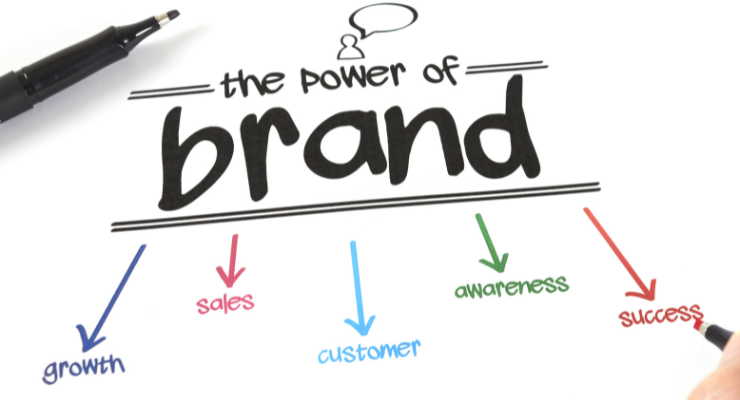
Uploading and Organizing Images: Best Practices for Digital Success
Uploading and Organizing Images: Best Practices for Digital Success
In the digital marketing world, images are more than just visual elements; they are powerful tools that can enhance your brand's message, improve user engagement, and boost your website's SEO. Whether you're a small business owner, a blogger, or a digital marketer, understanding how to upload and organize images effectively is crucial for online success. In this blog post, we'll explore the theory and best practices behind image management, drawing insights from our step-by-step guide on uploading and organizing images.

Why Image Management Matters in Digital Marketing
Images are essential in making a website visually appealing, engaging users, and supporting content. Effective image management goes beyond simply uploading pictures; it involves optimizing, organizing, and utilizing images to enhance user experience and drive traffic. Here’s why image management is vital:
Enhances User Experience: Well-organized images make your website more visually appealing and easy to navigate.
Improves SEO: Optimized images contribute to better search engine rankings, helping your site gain more visibility.
Supports Branding: Consistent image use aligns with your brand identity and strengthens your brand message.
Boosts Engagement: High-quality, relevant images can capture users' attention and encourage them to stay longer on your site.
For a comprehensive approach to digital marketing, explore our services at Ad Ronin, where we provide customized solutions to elevate your online presence.
Key Elements of Effective Image Management
Successful image management involves several key elements. Let’s break them down:
1. Image Optimization
Image optimization is about reducing the file size of your images without compromising quality. This improves website speed and user experience. Here's how to optimize images:
Use the Right Format: Choose the appropriate image format (JPEG, PNG, SVG) based on the image's purpose and quality needs.
Compress Images: Use tools like TinyPNG or JPEGmini to compress images, reducing file size while maintaining quality.
Alt Text and Titles: Add descriptive alt text and titles to images for better accessibility and SEO.
For example, using a compressed JPEG for a photograph can maintain quality while reducing load times, enhancing your website's performance.
2. Organizing Images Effectively
Proper organization of images is essential for managing your digital assets efficiently. Here are some best practices:
Create a Naming Convention: Use a consistent naming convention that includes keywords and descriptors for easy identification.
Use Folders and Categories: Organize images into folders and categories based on themes, projects, or other relevant criteria.
Implement a Digital Asset Management System: Use tools like Adobe Experience Manager or Widen to store, manage, and retrieve images easily.
An organized image library ensures that you can quickly find and use images when needed, saving time and effort.
3. Enhancing SEO with Images
Images can significantly impact your SEO when used correctly. Here's how to make the most of them:
Include Keywords: Incorporate relevant keywords into image names, alt text, and titles for better indexing.
Use Image Sitemaps: Create image sitemaps to help search engines discover and index your images.
Optimize for Mobile: Ensure images are responsive and optimized for mobile devices to enhance user experience across platforms.
By following these best practices, you can improve your site's search engine rankings and visibility, attracting more visitors.
4. Using Images to Support Branding
Images play a critical role in establishing and maintaining your brand identity. Here's how to use images effectively:

Maintain Consistency: Use consistent colours, styles, and themes in your images to align with your brand's identity.
Tell a Story: Use images to tell your brand's story, showcasing your products, services, or company culture.
Engage Emotionally: Select images that resonate with your audience, evoking emotions that align with your brand message.
Ad Ronin can help you create a cohesive branding strategy that leverages images to enhance your brand's identity. Learn more about our branding services and how we can support your business.
Practical Example: Implementing Image Management
To illustrate the importance of effective image management, let's consider a practical example:
Imagine you run an online clothing store. You have hundreds of product images that need to be uploaded and organized on your website. By following best practices, you can:
Optimize Images: Compress product images for faster loading times.
Organize by Category: Group images into categories like "Men's Clothing," "Women's Clothing," and "Accessories."
Enhance SEO: Use keywords like "men's blue denim jacket" in image titles and alt text for better search visibility.
Maintain Branding: Use consistent styles and backgrounds to reflect your brand's identity.
Following these steps will create a more efficient workflow, improve your site's performance, and enhance the overall user experience.
For a detailed step-by-step process on uploading and organizing images, refer to our comprehensive guide.
Conclusion: Optimize Your Image Management with Ad Ronin
Effective image management is crucial for digital success, from optimizing and organizing images to leveraging them for branding and SEO. By implementing the best practices outlined in this article, you can enhance your website's performance, engage your audience, and strengthen your brand identity.
To take your digital marketing efforts to the next level, consider partnering with Ad Ronin. Our services are designed to help you achieve your online goals, providing customized solutions tailored to your needs. Contact us today to learn more about how we can support your business.
For more insights and a detailed guide, check out our workflow on uploading and organizing images.

